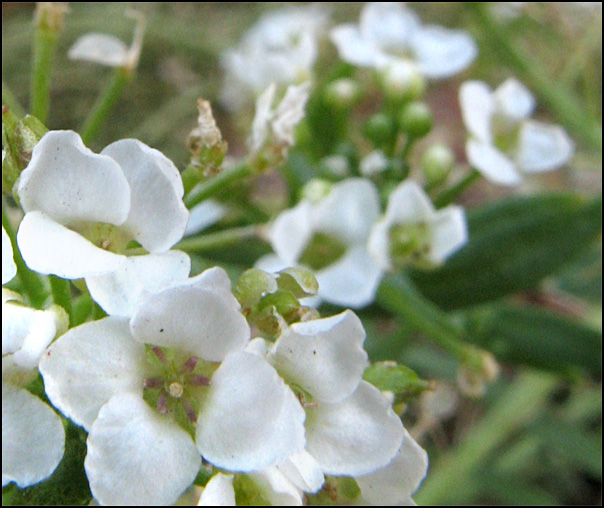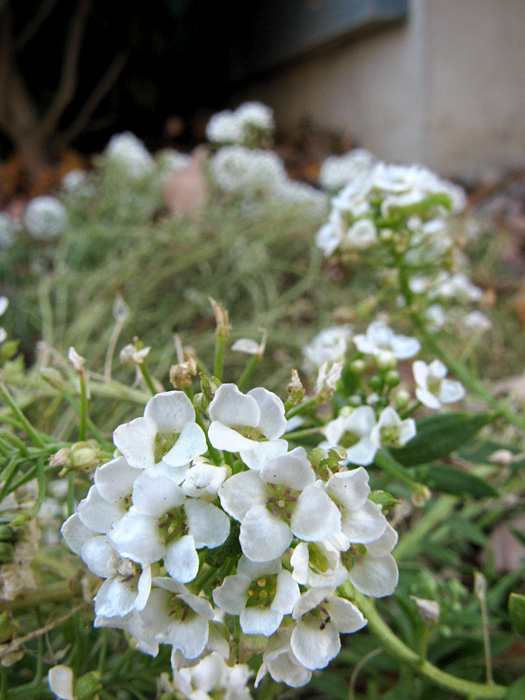Sorry, I don't have time right now to think very hard about panoramas of small subjects.ChrisR wrote:if you start stitching a lot of "views" together, to get a wider angle, the appearance (loosely referred to as perspective) depends how you map them on to a 2D picture. Rik territory!
But regarding this whole discussion, several categories of images come to mind.
One of them is dropping a chromed ball bearing into the middle of a small scene, shooting down on it with an ordinary macro lens, then re-warping the reflection to produce a wrap-around panorama. See for example these chess pieces.
Another one consists of the pictures that my dentist sent to my insurance company, to convince them that a cracked molar really did need fixing. That was shot with some tiny camera with a wide-angle lens on the end of a dental probe. I have only a vague idea of the working distance, but I know it fits between a tooth and the adjacent cheek with only a bit of stretching. Sorry I don't have an example handy.
A third category consists of wideangle shots showing a closeup subject and its surrounding environment. Examples include this stonefly skin and these cherry blossoms, and the bumblebee and fly with flowers in "Souvenier photos from a hike". These are shot with a 5.8 mm lens, conveniently pre-assembled into a compact digital camera.
It's not difficult to set up images with strong perspective. Here's one with a subject and horizontal FOV similar to the flat-looking stack that I posted earlier:

The above image is not even particularly wide angle; in fact its angle-of-view is roughly the same as 95 mm focal length on 35 mm full-frame. But it appears to have a lot of depth because the size ratio between recognizable elements is almost 2:1. That's because the closest blooms are about 1 inch in front of the entrance pupil, and the background blooms in the crop are another inch behind them.
The previous image is actually a crop from one with even more apparent depth. In the full image, the ratio is more like 12:1, so it's pretty hard to miss. Here it is:

If you want lots of perspective, the recipe is pretty simple: use a short lens so you can get close to the foreground, then be sure there's recognizable stuff enough farther back to get a good ratio. Piece o' cake.
I have never claimed that perspective is irrelevant to macro. Perspective is a big contributor to some "up close and personal" impressions, including all the photos I've linked and shown in this current posting. And I'm on record (in the stonefly thread) as saying
However...I really like these wideangle shots that show the environment as well as the main subject. I got turned on to them when member MacroLuv was new to the forum. All he had was a compact camera, and he was great at using it to best advantage. Later on, MacroLuv got a DSLR system with a 100 mm macro lens and started posting mostly traditional (though gorgeous) narrow-angle shots. That left me with an unsatisfied craving. But now that I have a good compact to complement my DSLR, I'm occasionally able to at least take the edge off the craving with my own shots.
We got to the current discussion about perspective starting from Brian's photos of fuchsias. What I observed about the fuchsias was that they were shot with a fairly long lens and extension, did not have much front-to-back ratio, and were missing any features that would make perspective easy to see. So I expressed the opinion that "very similar images could have been shot even with a much longer lens".
When challenged, I posted visual evidence to explain why I thought that. The response was what sounded like an accusation that I had cooked the data: "It IS a flat subject, presumably chosen to be so. I wonder why it wasn't angled more.????"
Well, sorry, but the data was not cooked. I chose that particular subject (Alyssum, I think) because I guessed it was about the same size and depth as Brian's fuchsias, and because unlike fuchsias (which I didn't have anyway), the Alyssum blossoms provided a repeating element that would enhance whatever perspective effect there was. Apparently there wasn't much, considering that the subject was (mis)judged to have been simply flat. I happily agree that the picture looks flat, boring, and would not have been shot except for discussion of the issues. Any picture shot for exhibition would have been selected and lighted to look much more 3D. All I'm saying is that given this size subject and the ratios of its dimensions, the cues producing that 3D appearance would have come from aspects other than perspective.
Bottom line, it seems clear to me that perspective matters a lot in some cases and not much in others. As far as I can tell, Brian's fuchsias happened to be a "not much"; I'm sorry if that rankles.
Rather than continuing to butt heads about the examples I've shown, I'd like to see some photo pairs contributed by people with other opinions and viewpoints. Direct comparisons would be most appreciated -- same subject, same framing, same lighting, different optics.
The better we can nail down the tradeoff between lens length and photo appearance in a variety of situations, the better equipped we will collectively be to make that decision in the future.
--Rik




